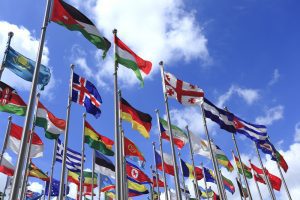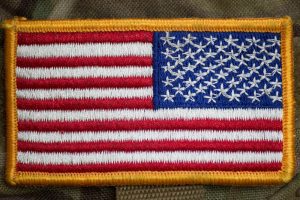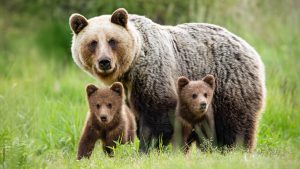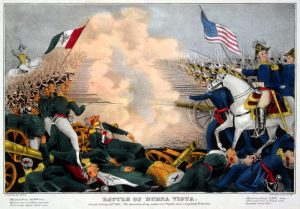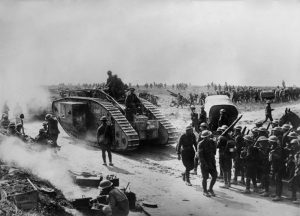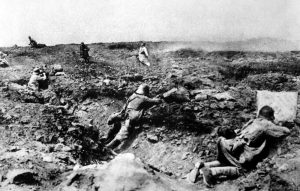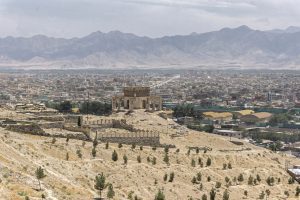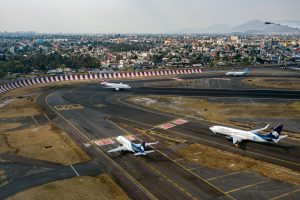California did indeed declare itself as an independent country. But this status only lasted for about a month.
Las Californias, as it was referred to by the Mexican authorities governing the land, was also occupied by American settlers.
American rebels in the Sonoma region of Las Californias rose up against the Mexican government in what became famously known as the Bear Flag Revolt, establishing the independent California Republic on June 14, 1846.
What the American rebels didn’t know, however, was that the US government had already declared war against Mexico.
It was when American Commodore John D. Sloat’s military forces took hold of Monterey and hoisted the American flag over the city in July 1846 that the American settlers gave up their dream of an independent country and fully devoted themselves to the United States.
But some remnants from the time of the American rebels still exist to this day.
For example, when the settlers declared the establishment of the California Republic, they created a makeshift flag containing a lone red star and the drawing of a grizzly bear.
The grizzly bear we see on California’s state flag today is based on a bear that William Randolph Hearst, a newspaper publisher and politician, had captured in 1889.
Allen Kelly, whom Hearst dispatched to capture a grizzly bear in the wild led an expedition that culminated in the capture of a 1,200-pound grizzly, whom they named Monarch.
Monarch was put on display at San Francisco’s Woodward’s Gardens, and, after his death, his remains were preserved and put on display at the California Academy of Sciences.
It was when California decided to commemorate the Bear Flag Revolt by copying the rebels’ flag that the government decided to use Monarch as the model.
Although the grizzly bear is now extinct in California, the legacy of Monarch and the grizzly bears that inhabited present-day California remains strong to this day.
Table of Contents
When did Native Americans arrive in California?
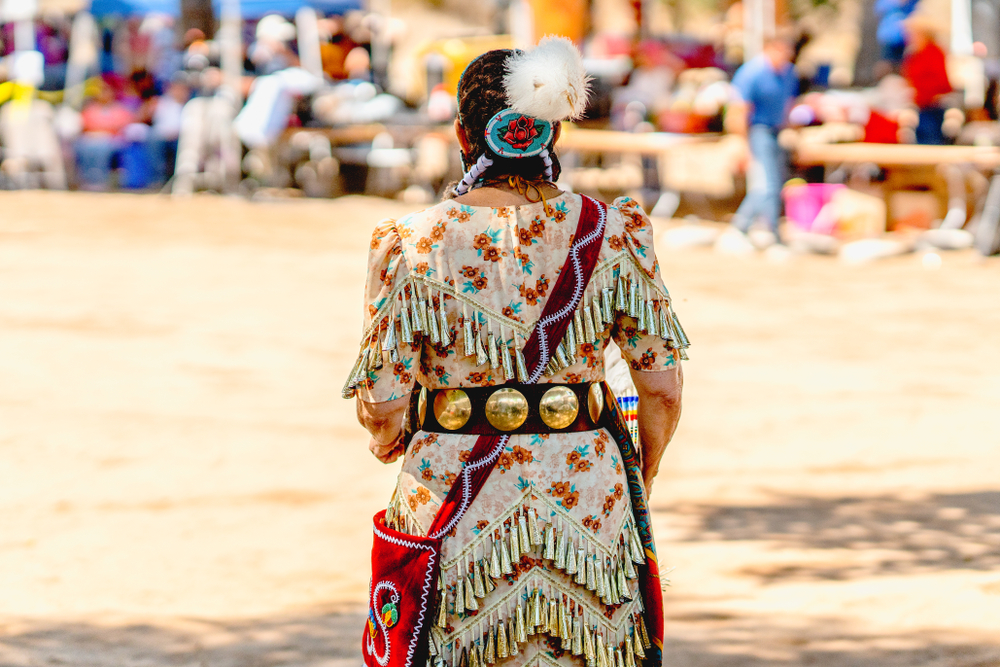
Contrary to popular belief, the Spaniards weren’t the first to stumble upon the land that we know of today as California.
Back when the climate was warmer and there existed a land bridge, people from Asia made their way across the Bering Strait into Alaska.
These people’s descendants settled across North and South America, creating the various nations and tribes that the earliest European visitors would later call “Indians.”
Topography
Due to the mountainous terrain of the Pacific Coast, the indigenous peoples in the western United States were quite isolated from other cultures, including those of early European settlers and other indigenous groups.
As a result, California’s early population had very little in common with Native Americans from other regions. California’s mountains and deserts also made it difficult for its native inhabitants to travel far.
Because the region’s native groups were far away from each other, instead of living in large communities, the native peoples lived in large family units.
Native Groups
When European settlers arrived in the region, they brought along their horses, whose descendants served as the main source of mobility for Great Plains tribes from the sixteenth century onwards.
With its isolated and divided peoples, California became a land of diversity, with as many as 135 different dialects. Tribes occupying the region included the Karok, Maidu, Mojave, Yokuts, Pomo, and Modoc.
The rugged terrain caused by the region’s mountains made warfare uncommon, and the tribes and clans in California lived in relative peace.
Livelihoods
The region’s lack of rain made agriculture and farming impractical, so native peoples had to resort to picking wild nuts and berries and fishing at the streams. The acorn also became a major part of their diet.
When English settlers first encountered native people in California, they were so intrigued by the natives’ affinity for gathering nuts and removing roots from the ground that they gave them the nickname “Diggers” and “Digger Indians.”
When did Europeans arrive in California?

Europeans first arrived in California when Cortez’s expedition made its way into Baja California in the 1530s.
However, Spain’s exploration of California was a slow and gradual process, and it was a little over a decade later when the Spaniards arrived in Alta California up north.
Juan Rodriguez Cabrillo was the one who landed as far north as present-day Santa Barbara.
Colonization
More than two centuries later, Spain finally made an effort to colonize the area that Cabrillo had claimed on behalf of the crown.
Efforts to build a settlement and convert the native peoples to Christianity and teach them European ways were futile at best.
It was not until the Seven Years’ War shifted European powers and alliances that Spain made a serious effort to establish control over Alta California.
Presidios and Mission Churches
The attempt to assert control over the region involved a combination of military efforts and religious missions.
Starting north from Baja California in 1769, the Spaniards established a settlement along the coast that went as far down as San Diego, where they established a presidio (military fort) and mission church.
Pueblos
Eventually, the Spaniards built many more presidios and mission churches and even established small towns and pueblos later on.
The pueblos, ruled over by an alcalde (leader with the combined roles of a mayor and judge) and assisted by the ayuntamiento (council), brought in settlers by enticing them with land grants and other incentives.
When did Mexico take over California?
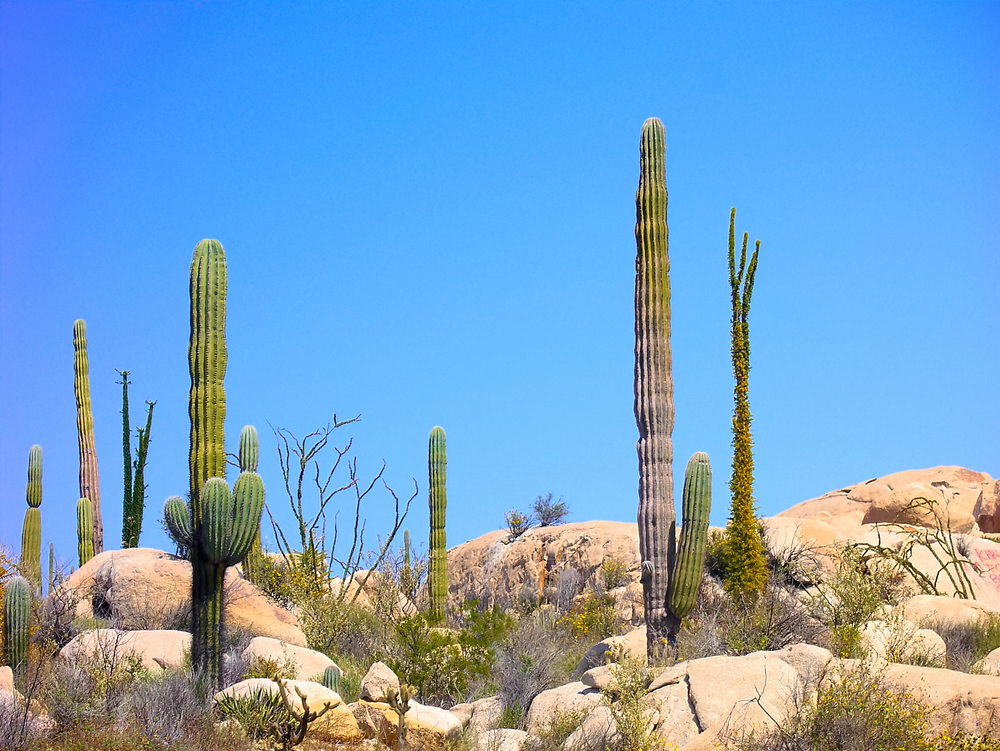
It was in 1808 that Spain’s colonies in America began fighting for independence. California was strongly affected by this movement, even before it took root in Mexico.
This was largely due to the fact that, for the sake of the colony’s survival, Spain imposed very lax restrictions on trading with non-Spanish settlers and merchants.
Californians, as a result of the openness, became well-connected with English, French, Russian, and American sailors, traders, hunters, and trappers over the years.
Mexican Independence
In 1821, Mexico became an independent country, a shift that greatly affected California.
Under Mexican rule, Californians could trade with foreigners, as well as own land in the region once they had been naturalized and become Catholics.
While, under Spanish rule, land grants to people were few and far between, under Mexican rule, grants for individual ranchos were strongly encouraged.
In addition, the Mexican government created a movement to secularize the Christian missions and to seize control of the native populations and the mission property.
Over the years, white Californians or influential immigrants from Mexico received large grants to control lands in California. Additionally, the missions were secularized.
Ranchero Life
A new culture cropped up, and the ranchero and his family, along with their cattle, became a central element of Californian society.
Manufacturing came to an end, and the locals became more reliant on foreign trade (for merchants seeking cowhides).
Oregon-bound settlers from Britain, Canada, and the United States also made their way through California, not to mention the trappers and “mountain men” who embarked on their searches for furs in northern California and as far south as the Sierras.
Mexican Colonial Rule
Mexico always experienced difficulty governing California. Besides the distance, Californian people’s regular interactions with foreigners and the region’s ranchero-centered culture gave the region a life (and mind) of its own.
The last time a Mexican governor visited California was in 1842. This visit by Manuel Micheltorena sparked outrage among Californians, resulting in his 1845 departure.
California made history when one of its own people, Pío Pico, a ranchero of partial African ancestry, became the region’s governor.
Over the years, Mexico was losing its grip on California, and it would eventually lose its control forever.
When did California become a state?
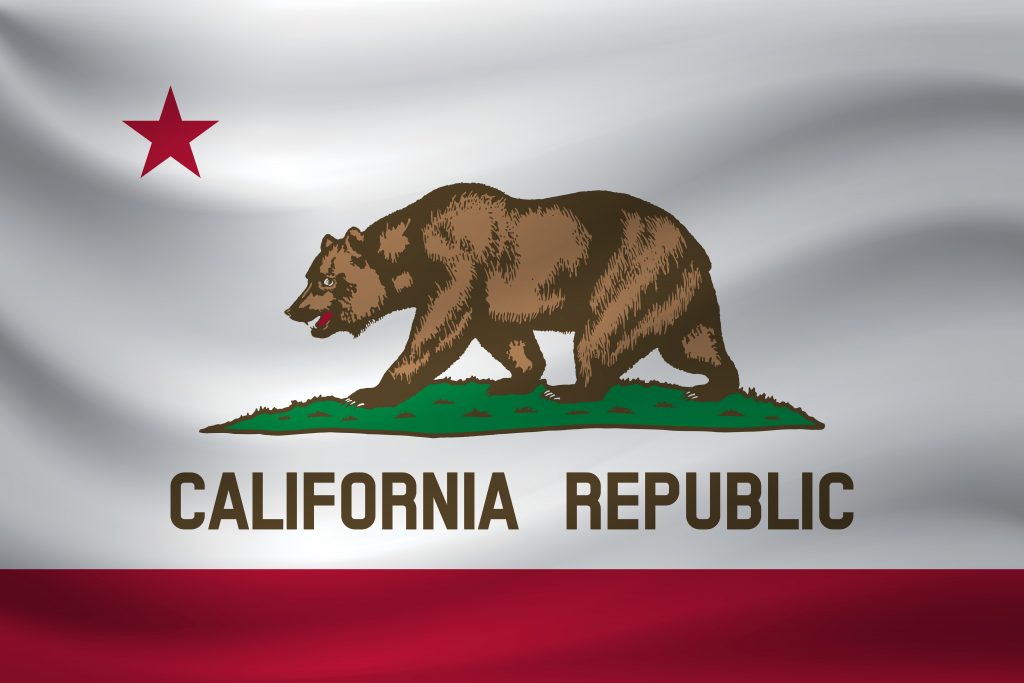
California became a state on September 9, 1850, about four years after its settlers swore allegiance to the United States.
The discovery of gold in 1848 and the rapid growth in population that followed (known as the Gold Rush) increased the need for civil government.
In 1949, the people of California sought to become a state and, following a debate within Congress’s chambers due to the slavery issue in the region, California achieved statehood.
The Compromise of 1850 made California a free non-slavery state. As the 31st state of the United States, California has attracted people from all backgrounds and walks of life.
Whether they’ve come for economic, social, or educational opportunities, the people that have made their way into the region have turned California into the national and global powerhouse it is today.



